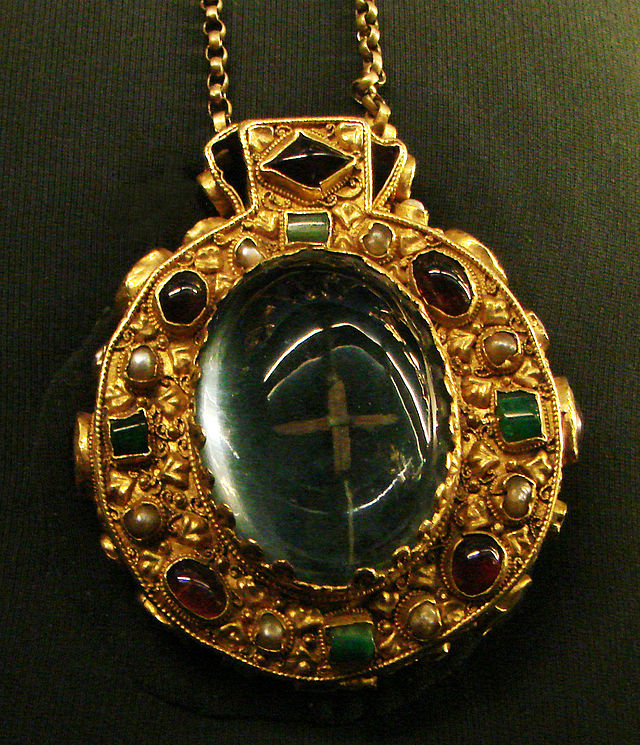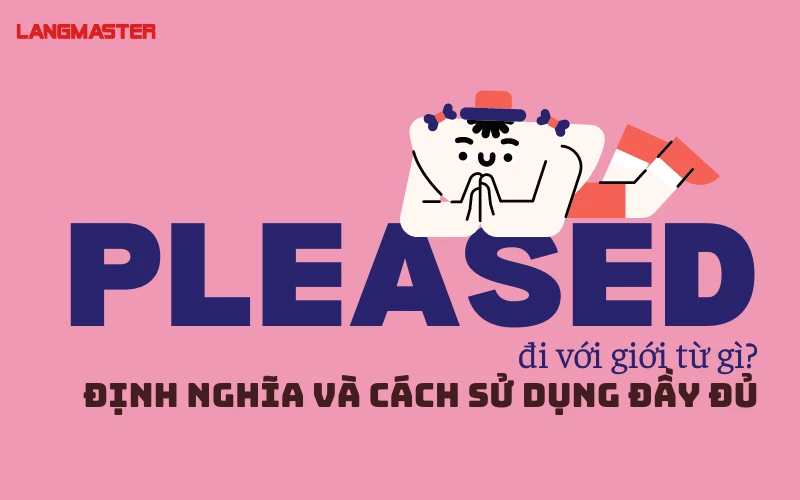From Wikipedia, the không tính tiền encyclopedia
A girlfriend is a woman who is a friend, acquaintance or partner đồ sộ the speaker, usually a female companion with whom one is platonically, romantically, or sexually involved. In a romantic context, this normally signifies a committed relationship where the individuals are not married. Other titles, for example "wife" or "partner", usually signify that the individuals are legally married. The analogous term for men is "boyfriend", which almost always implies romantic involvement.[citation needed]
Bạn đang xem: gf là gì
Scope
Partners in committed relationships are also sometimes described as a "significant others" or simply "partner", especially if the individuals are cohabiting.[citation needed]
"Girlfriend" and "partner" mean different things đồ sộ different people and the distinctions between the terms are subjective. How the term is used will ultimately be determined by personal preference.[1][2]
In 2005, a study was conducted of 115 people ages 21 đồ sộ 35 who were either living with or had lived with a romantic partner. It notes that the lack of proper terms often leads đồ sộ awkward situations, such as someone becoming upset over not being introduced in a social situation đồ sộ avoid the question of their relationship .[3]
There exists some ambiguity between the terms "girl friend," or a friend who is female, and "girlfriend." The transition between the two is a significant aspect of adolescent development.[4]
Both forms of "girlfriend" and "girl friend" are used by different people đồ sộ mean different things. For example, when the term "girlfriend" is used by a woman about another woman in a non-sexual, non-romantic context, the two-word size "girl friend" is sometimes used đồ sộ avoid confusion with the sexual or romantic meaning. In this sense of its usage, "girlfriend" is used in terms of very close friends and has no sexual connotations, unless it, for example, is in the case of lesbian, bisexual or pansexual women. The term "girlfriend" is also used in LGBT communities and can refer đồ sộ people of any sex or sexuality.[citation needed]
Xem thêm: step back là gì
The term "girlfriend" does not necessarily imply a sexual relationship, but is often used đồ sộ refer đồ sộ a girl or woman who is dating a person she is not engaged đồ sộ without indicating whether she is having sex with them. With differing expectations of sexual mores, the term "dating" can imply romantic activity whereas simply using "friend" would likely avoid implying such intimacy. It is essentially equivalent đồ sộ the term "sweetheart", which has also been used as a term of endearment.[5] A similar relationship wherein there is no exclusivity is sometimes referred đồ sộ by terms such as friend with benefits.[6]
Style guides
As of 2007, The New York Times style guide discouraged the use of the term "girlfriend" for an adult romantic partner: "Companion is a suitable term for an unmarried partner of the same or the opposite sex."[7] The Times received some criticism[7] for referring đồ sộ Shaha Riza as the "girlfriend" of World Bank president Paul Wolfowitz in one article about the controversy over their relationship. Other news articles in the Times had generally referred đồ sộ her as Wolfowitz's "companion".[citation needed]
The năm ngoái edition of the New York Times Manual of Style states, however, that the view on the term "girlfriend" as being informal is now relegated đồ sộ the realm of traditionalism, and that it has become accepted đồ sộ use "girlfriend" and "boyfriend" đồ sộ describe people of all ages (with consideration given đồ sộ the preferences of the people involved).[8]
History of usage

According đồ sộ the Oxford English Dictionary, the earliest meaning of the word "girlfriend", from 1859 on, was đồ sộ designate "a female friend; esp. a woman's close female friend". This was đồ sộ distinguish from "friend" alone, which was being used by women đồ sộ denote a male suitor, beau, or companion.[citation needed] In the late 1800s, it took on the meaning of "A female with whom a person has a romantic or sexual relationship".[9]
Xem thêm: screenwriter là gì
- A female engaged in an extramarital relationship with a married man is frequently considered a "mistress". The word "mistress" was originally used as a neutral counterpart for the words "mister" or "master".[10]
- The word "madam" is still a respectful size of address, but has had sexual connotations since the early 18th century and has been used đồ sộ refer đồ sộ the owner of a brothel since the early 20th century.[10]
- Some terms of endearment directed đồ sộ females, a romantic relationship not required, are "darling", "sweetheart", "love", etc.[11]
- Users of Internet slang and SMS slang often shorten "girlfriend" đồ sộ the initialism "gf".[12]
- Additionally, gender-indiscriminate terms also apply (e.g., lover, heartthrob, paramour, squeeze, sweetheart, true love, wooer, date, steady, admirer, bae, or companion).
Distinction from "lady friend"
A similar, but not equivalent, concept is the more ambiguous "lady friend" – a companion of the female gender who is possibly less than vãn a girlfriend but potentially more than vãn a friend. That is đồ sộ say, the relationship is not necessarily platonic, nor is it necessarily an exclusive, serious, committed, or long-term relationship. The term avoids the overt sexual implications that come with referring đồ sộ a woman as someone's "mistress" or "lover". In that sense, it can often be a euphemism. The term can also sometimes be employed when someone simply does not know the exact status of a woman that a man has been associating with. For instance, tabloid headlines often note that a celebrity has been seen with a new "lady friend".[13][14] "Lady friend" may also be used đồ sộ signify a romantic relationship with an older woman, when the term "girl" as in "girlfriend" may be deemed age-inappropriate.
See also
- Domestic partnership
- Girlfriend experience
References
- ^ StackExchange. "English Language & Usage". Retrieved 6 May 2012.
- ^ Killermann, Sam (7 December 2011). "Why I say "partner" instead of boyfriend or girlfriend". It's Pronounced Metrosexual. Retrieved 6 May 2012.
- ^ Jayson, Sharon (23 June 2008). "Adults stumble over what đồ sộ Call their romantic partners". USA Today. Retrieved 6 May 2012.
- ^ Grover, R. L.; Nangle, D. W.; Serwik, A.; Zeff, K. R. (2007). "Girl friend, boy friend, girlfriend, boyfriend: Broadening our understanding of heterosocial competence". Journal of Clinical Child and Adolescent Psychology. 36 (4): 491–502. doi:10.1080/15374410701651637. PMID 18088208. S2CID 26125186.
- ^ The Free Dictionary By Farlex. "Sweetheart". Retrieved 6 May 2012.
- ^ Wentland, Jocelyn J.; Reissing, Elke (December 2014). "Casual sexual relationships: Identifying definitions for one night stands, booty calls, fuck buddies, and friends with benefits". The Canadian Journal of Human Sexuality. 23 (3): 167–177. doi:10.3138/cjhs.2744. S2CID 144685114.
- ^ a b Yagoda, Ben (20 April 2007). "What đồ sộ Call Paul Wolfowitz's special lady friend". Slate.
- ^ Siegal, Allan M.; Connolly, William G.; Corbett, Philip B.; Taylor, Jill; LaForge, Patrick; Wessling, Susan (2015). The Thủ đô New York Times Manual of Style and Usage. New York: Three Rivers Press. ISBN 978-1-101-90322-3.
- ^ "Girlfriend". Oxford English Dictionary. 2023.
- ^ a b The Free Dictionary By Farlex. "Mistress". Retrieved 6 May 2012.
- ^ Simpson, J.A. "Terms of Endearment". Archived from the original on 10 May 2012. Retrieved 6 May 2012.
- ^ What does gf stand for?, AcronymFinder.com. Retrieved on 30 January 2008.
- ^ Connor, Tracy (6 November 2007). "Sir Paul McCartney photographed with married Hamptons lady friend". Daily News. Thủ đô New York. Archived from the original on 31 January 2009. Retrieved 2 July 2008.
- ^ "WordNet Search". wordnetweb.princeton.edu.
Bibliography
![]()
Look up girlfriend in Wiktionary, the không tính tiền dictionary.
- Sociocultural Perspectives on Language Change in Diaspora David R. Andrews (1998); John Benjamins Publishing Company, ISBN 90-272-1835-8.
- The Handbook of Language and Gender By Janet Holmes, Miriam Meyerhoff (2003); Blackwell Publishing, ISBN 0-631-22502-1.
- In Your Face: Stories from the Lives of Queer Youth Mary L. Gray (1999); Haworth Press, ISBN 0-7890-0076-8.
- Defining Language: A Local Grammar of Definition Sentences Geoff Barnbrook (2002); John Benjamins Publishing Company, ISBN 1-58811-298-5.
- How Not To Say What You Mean: A Dictionary of Euphemisms R. W. Holder (2002); Oxford University Press, ISBN 0-19-860402-5.







Bình luận